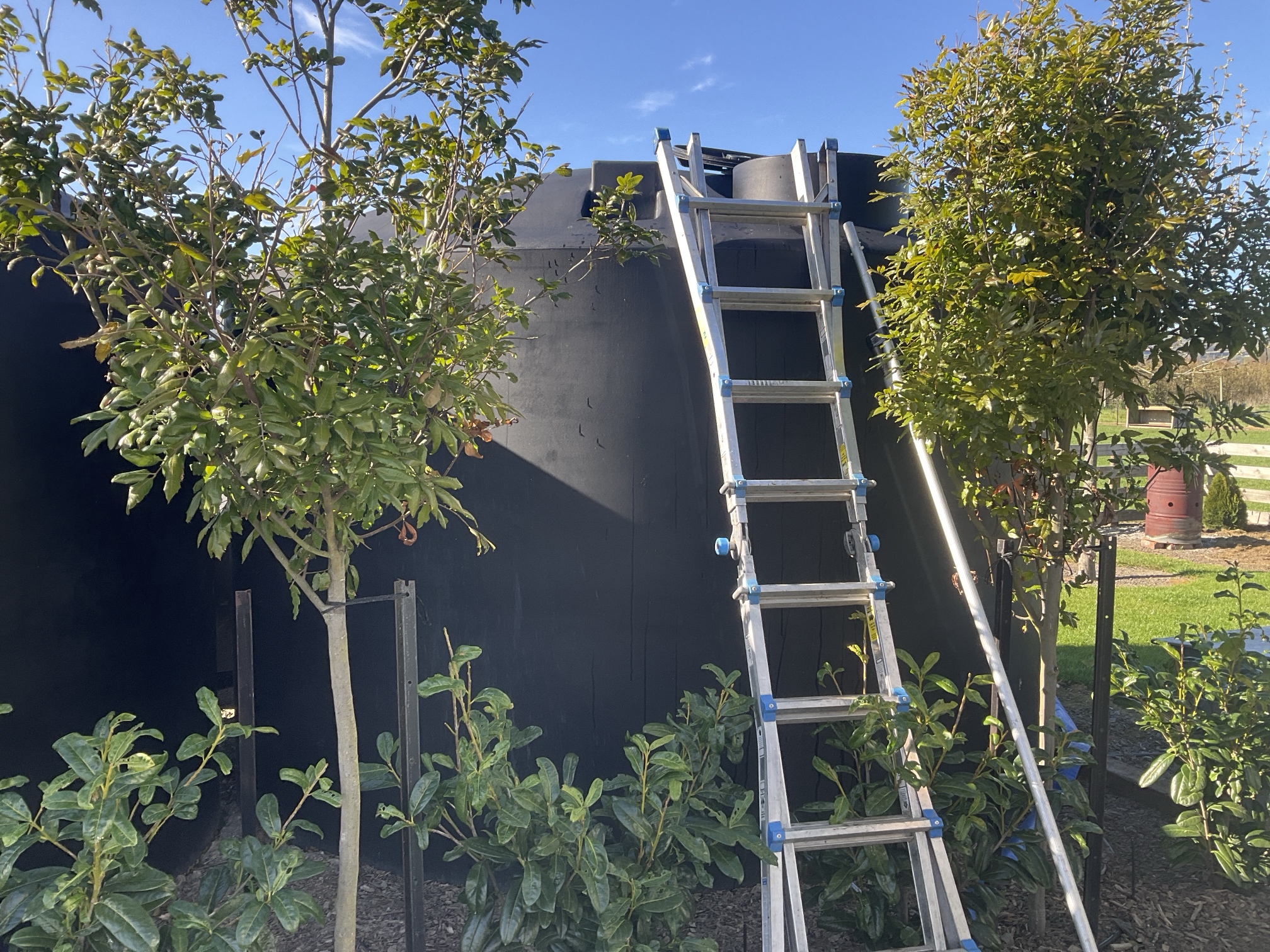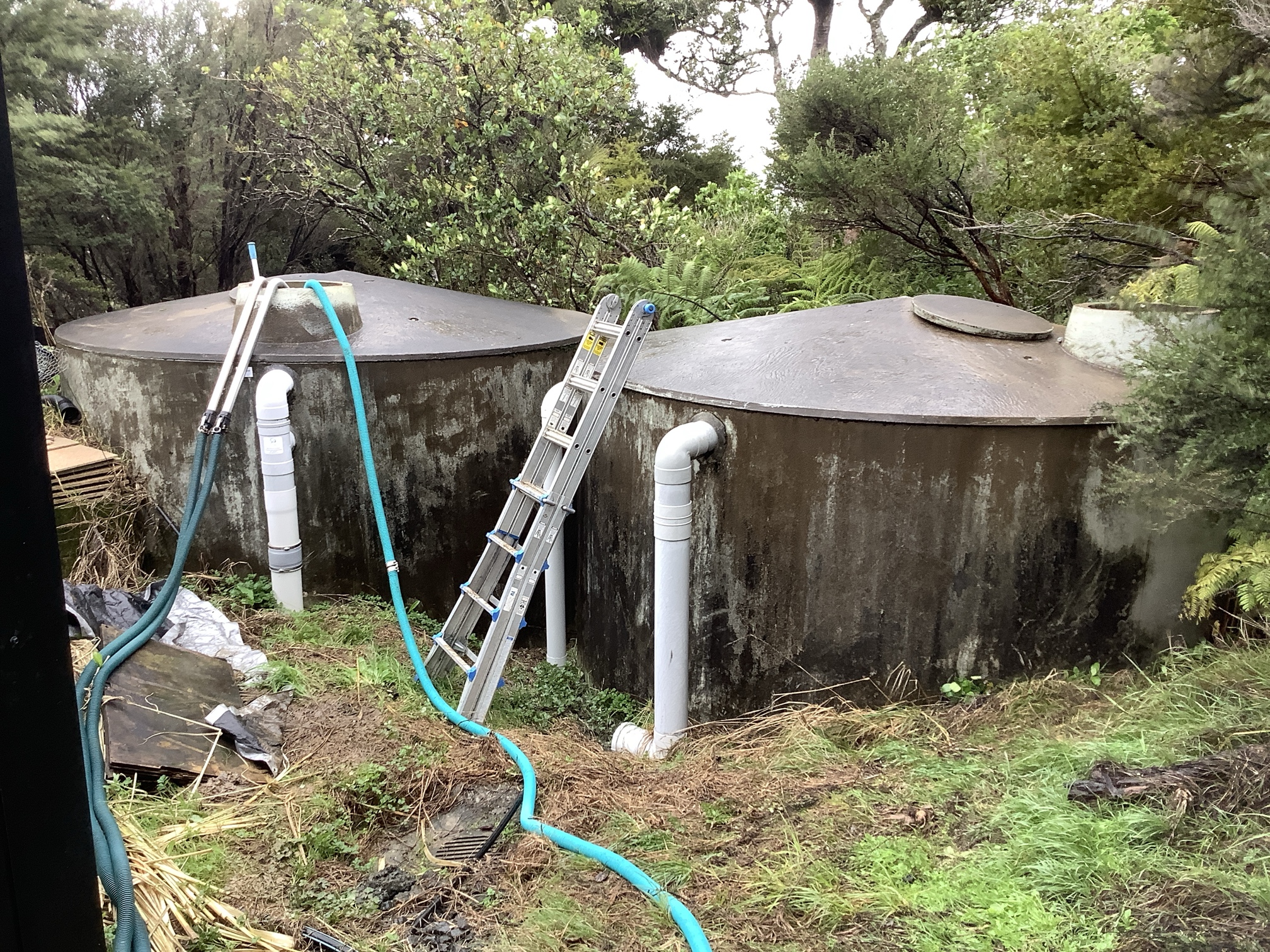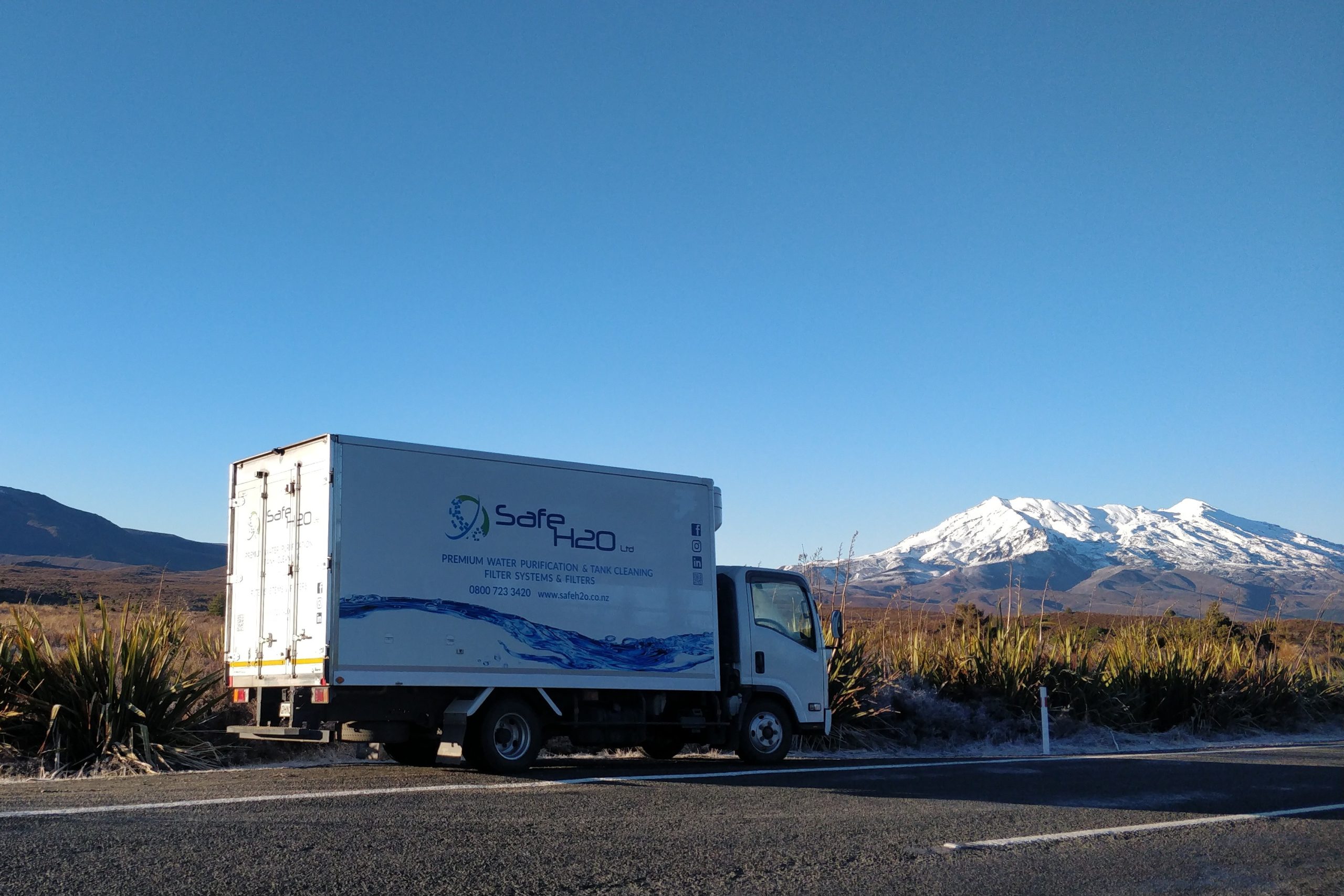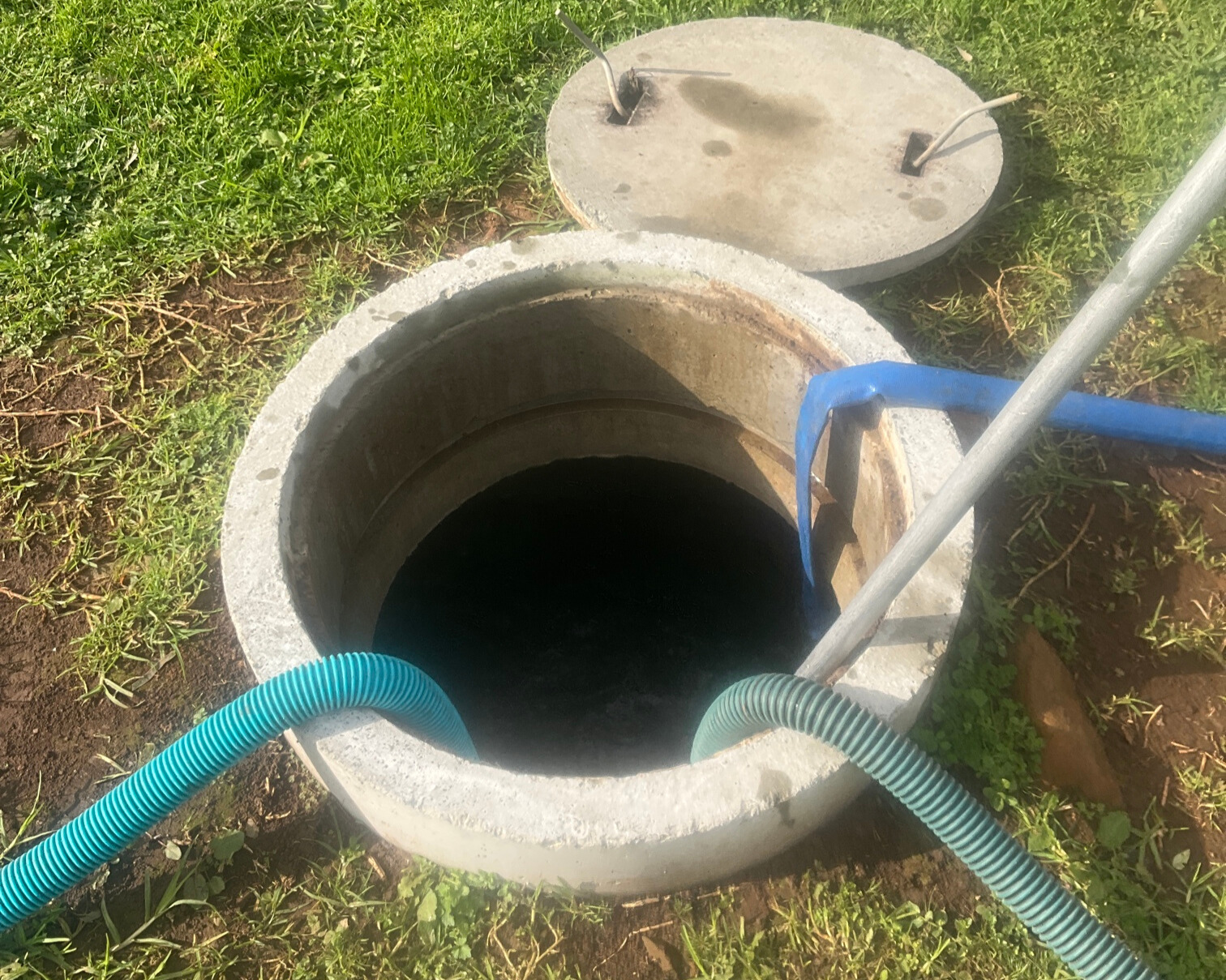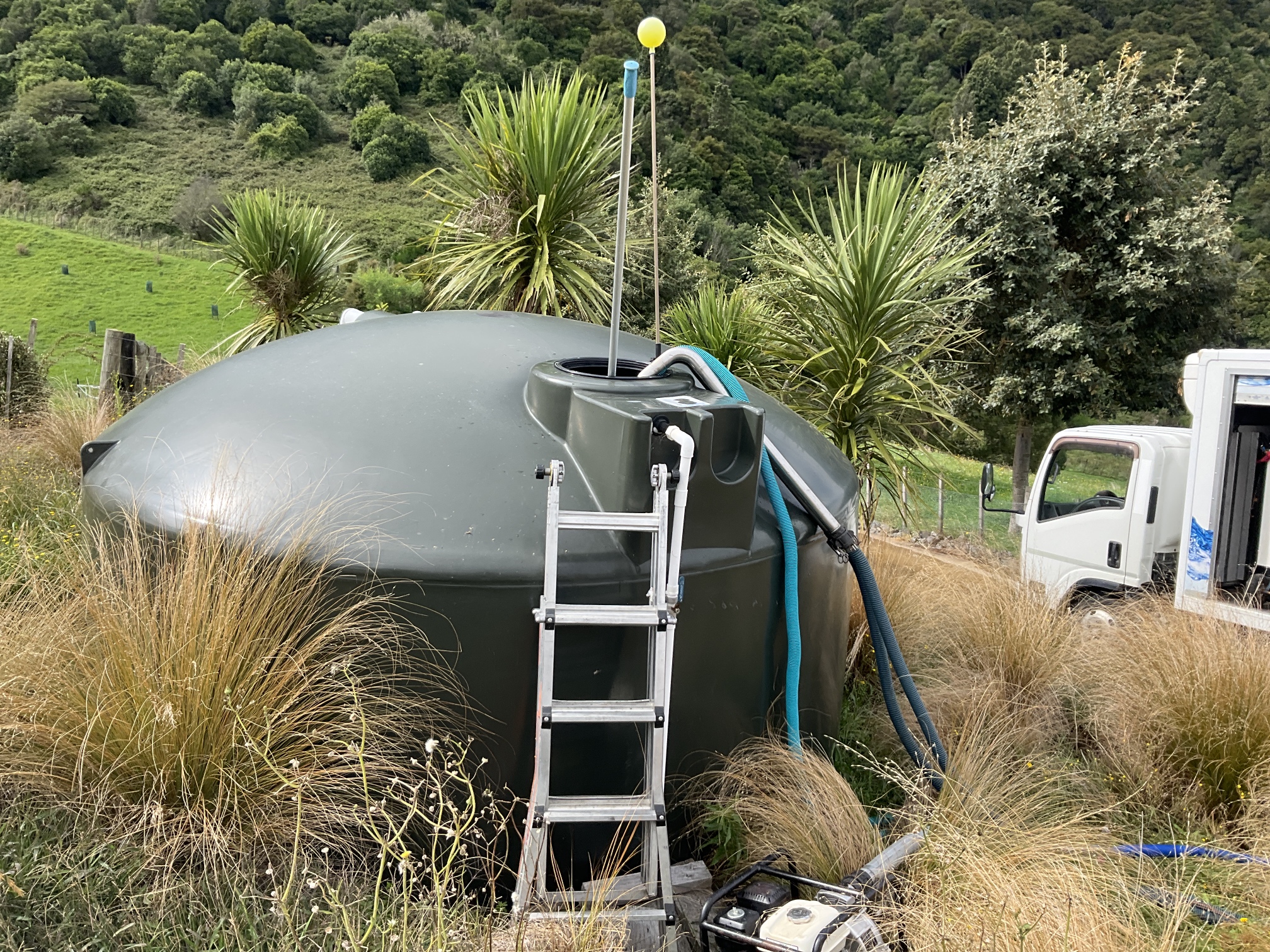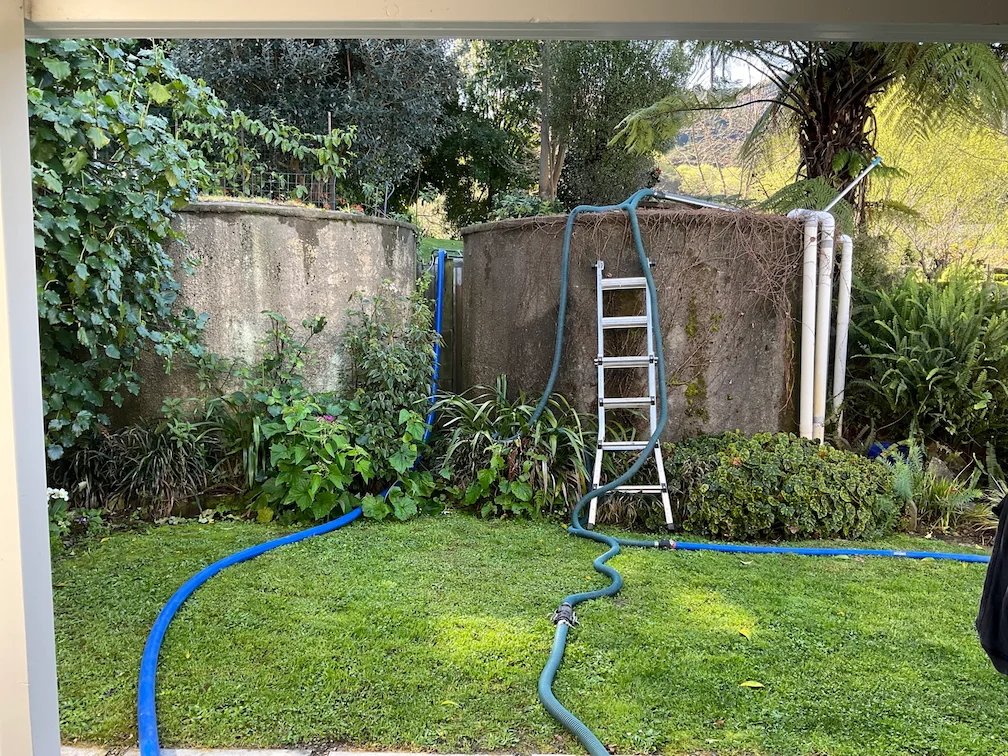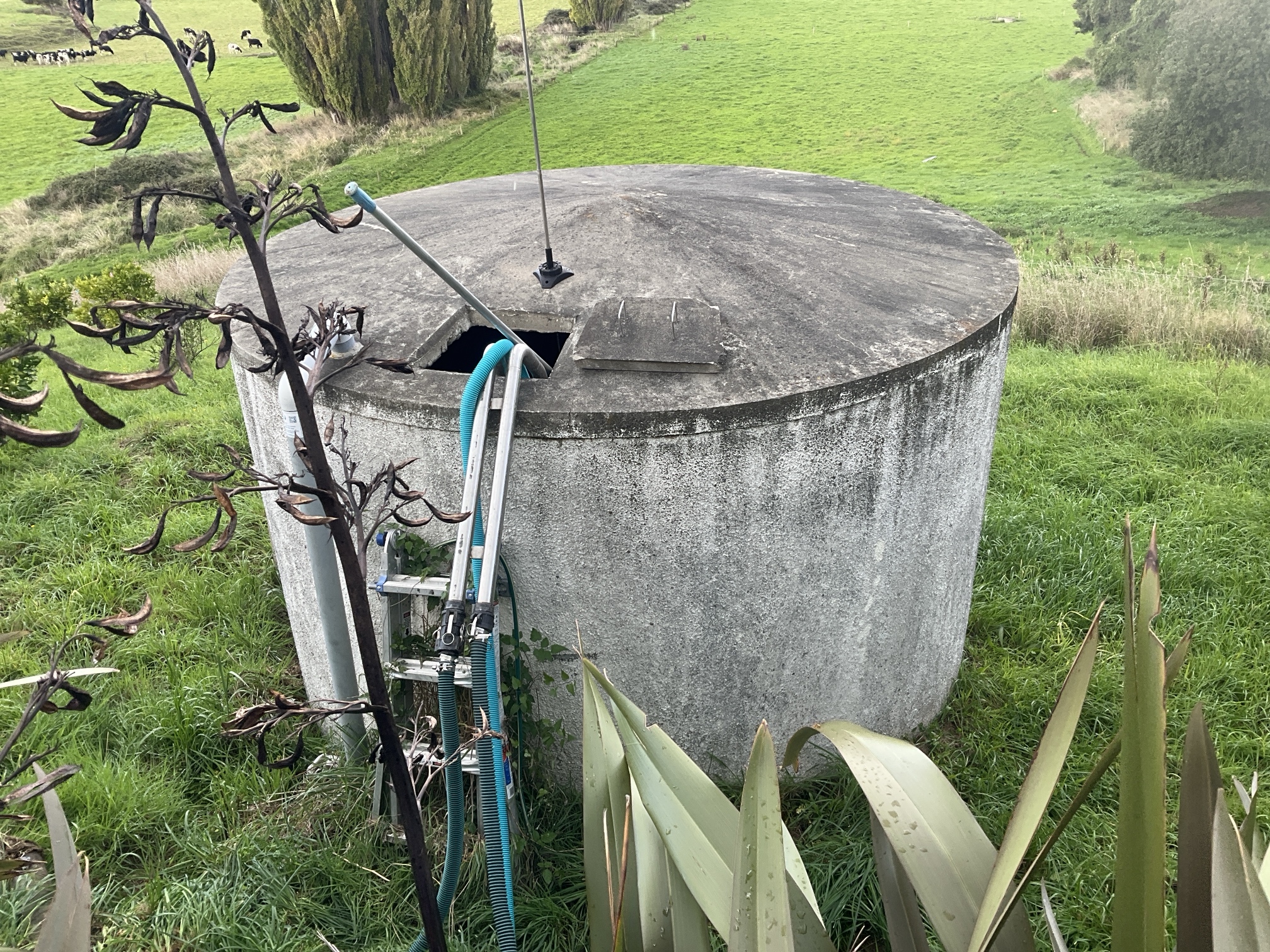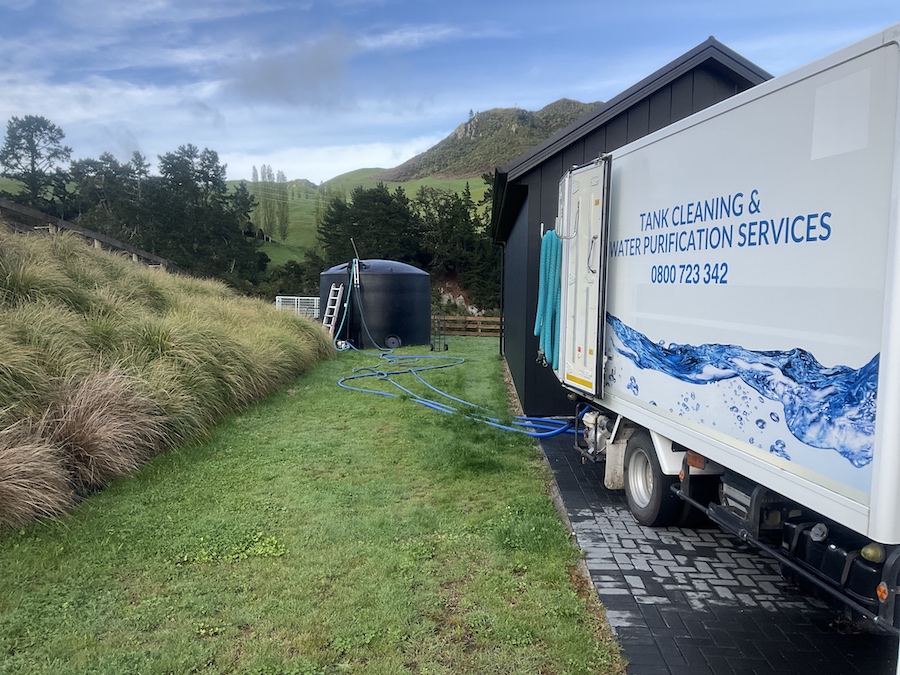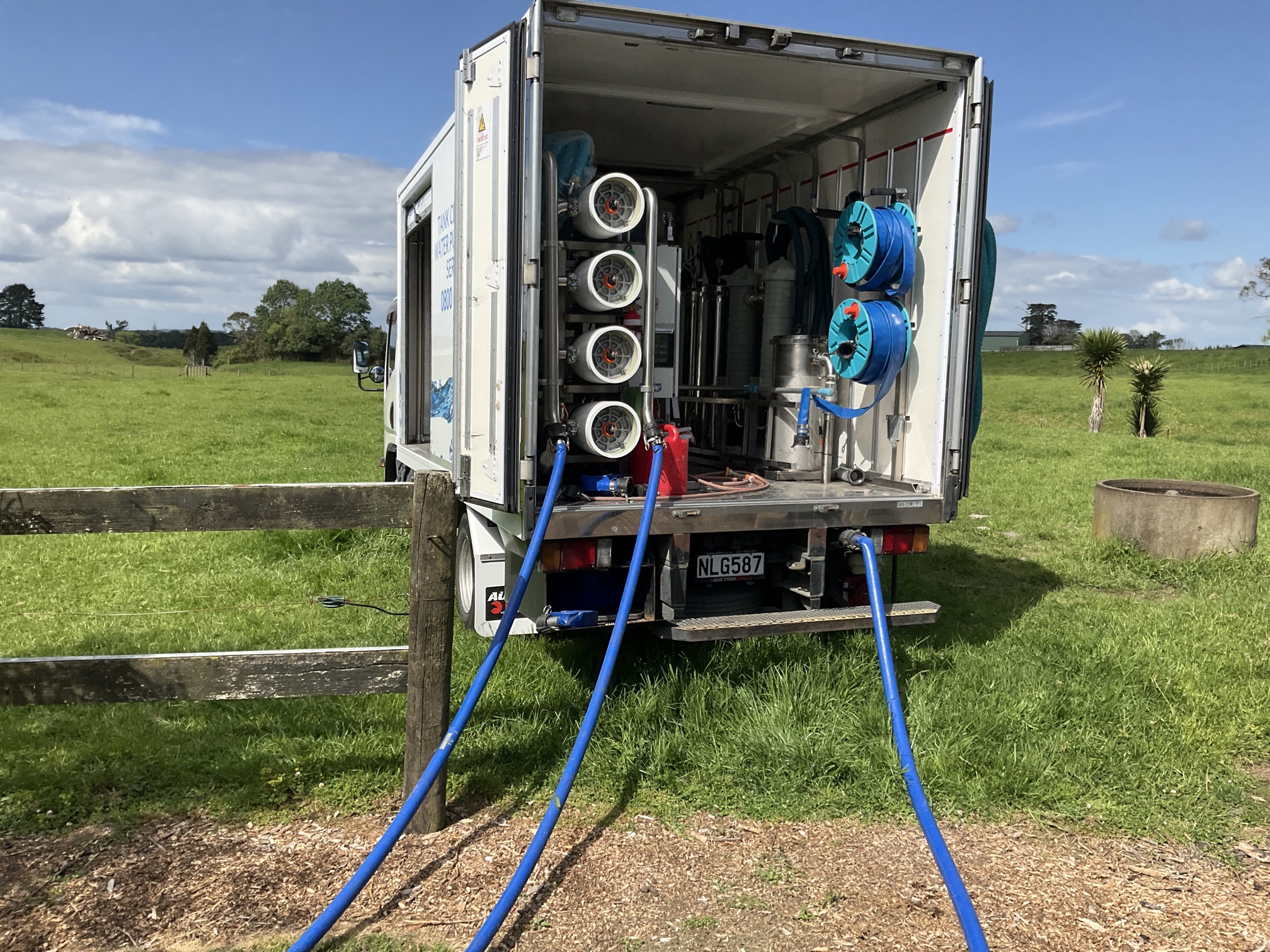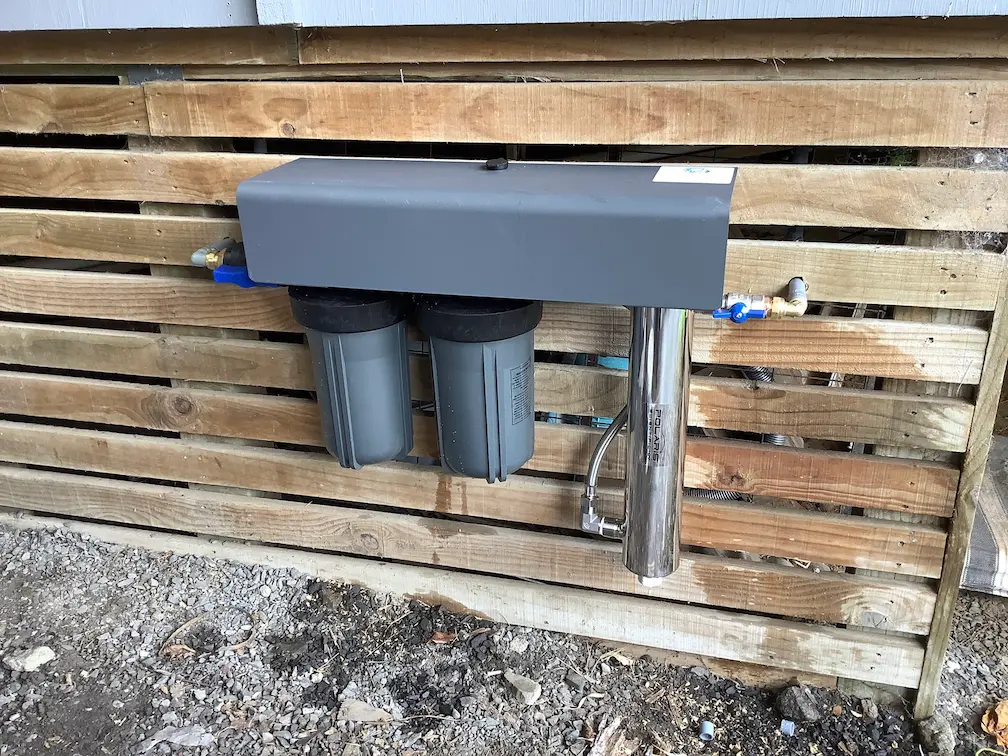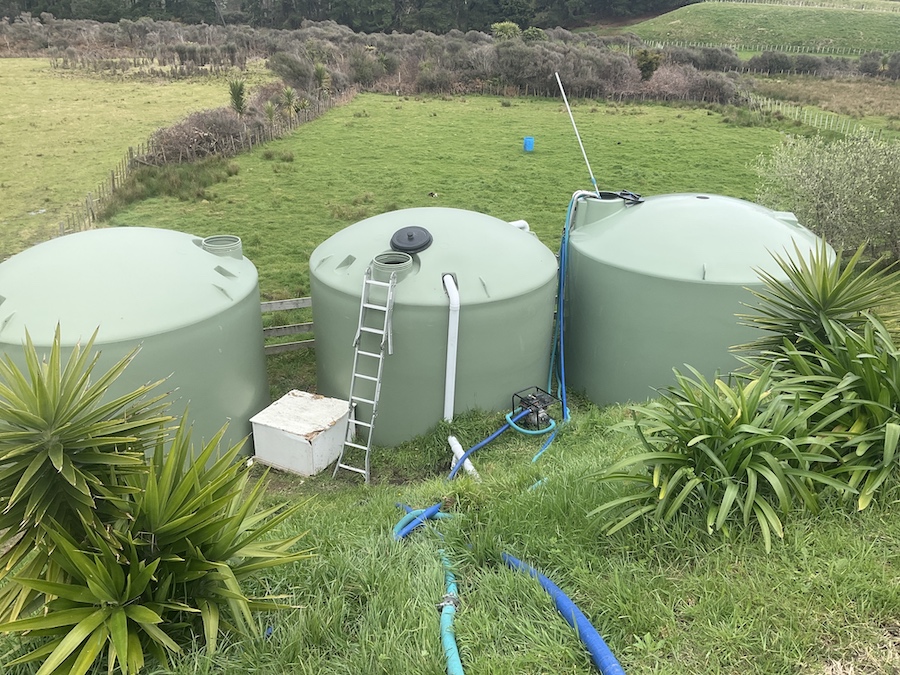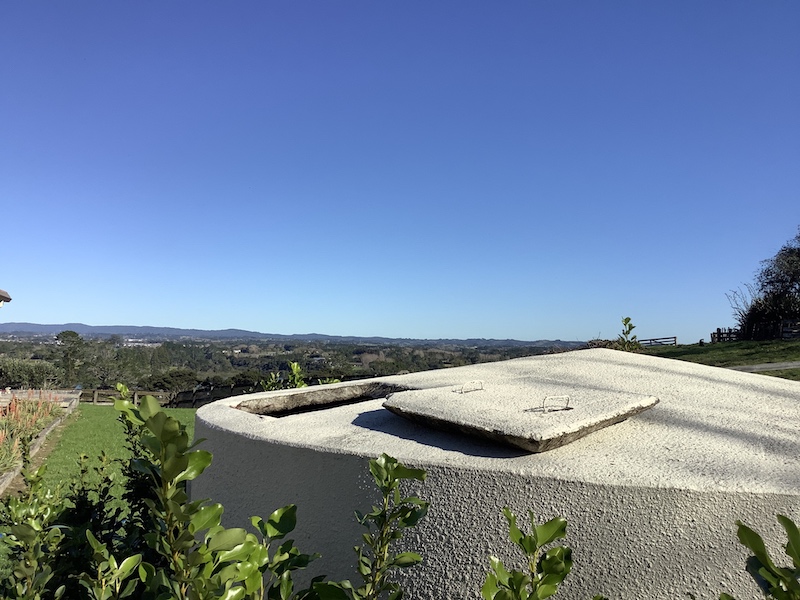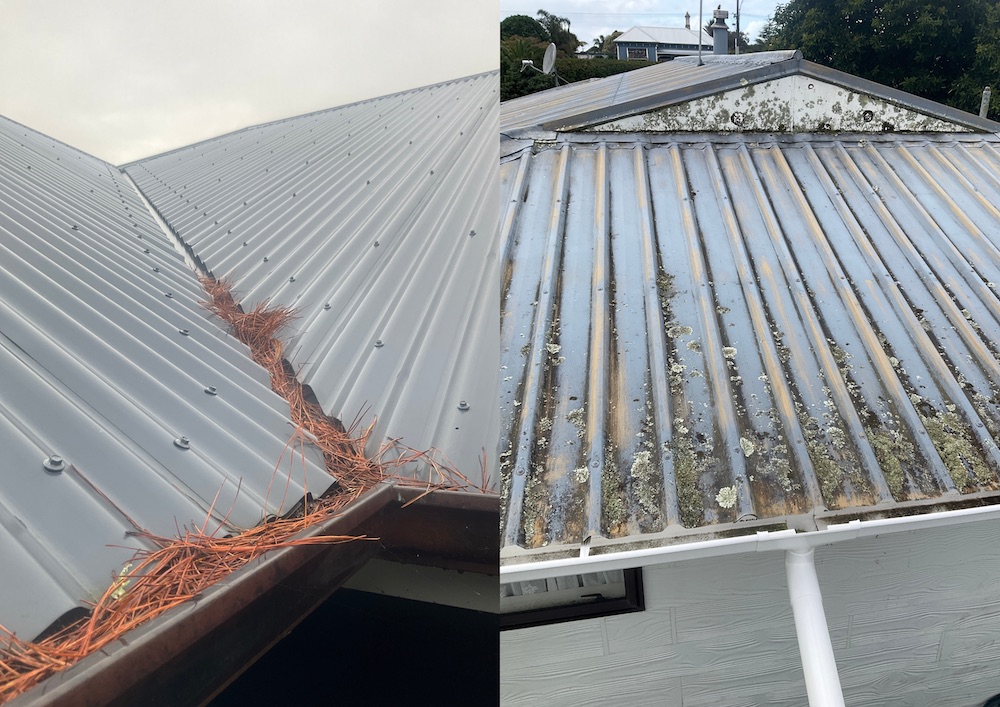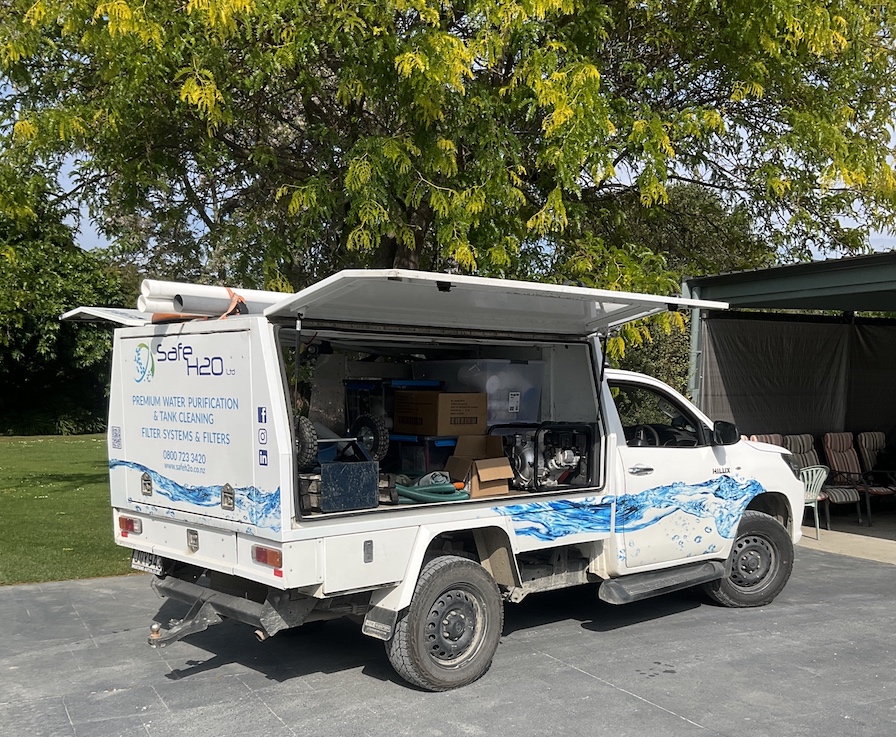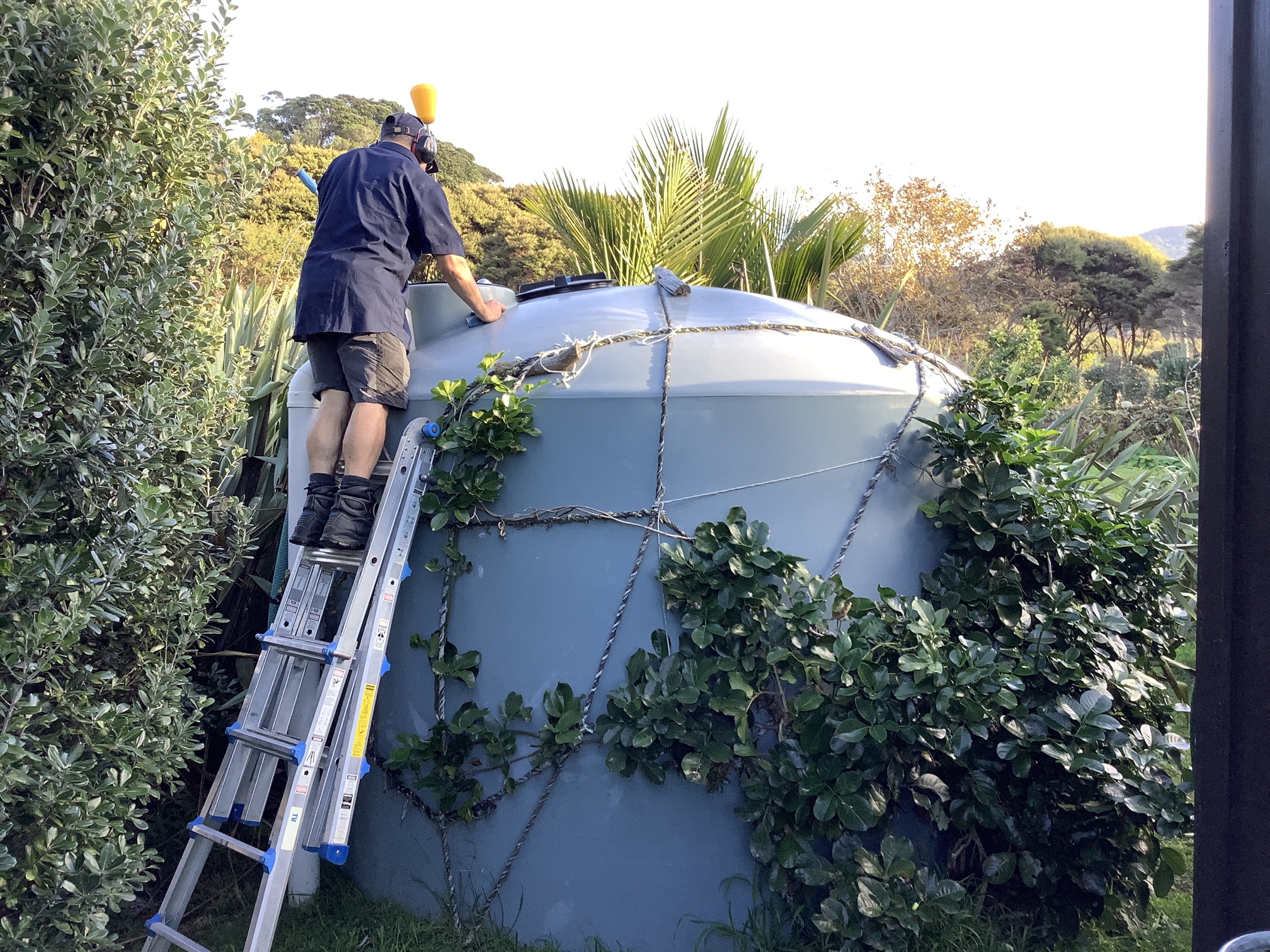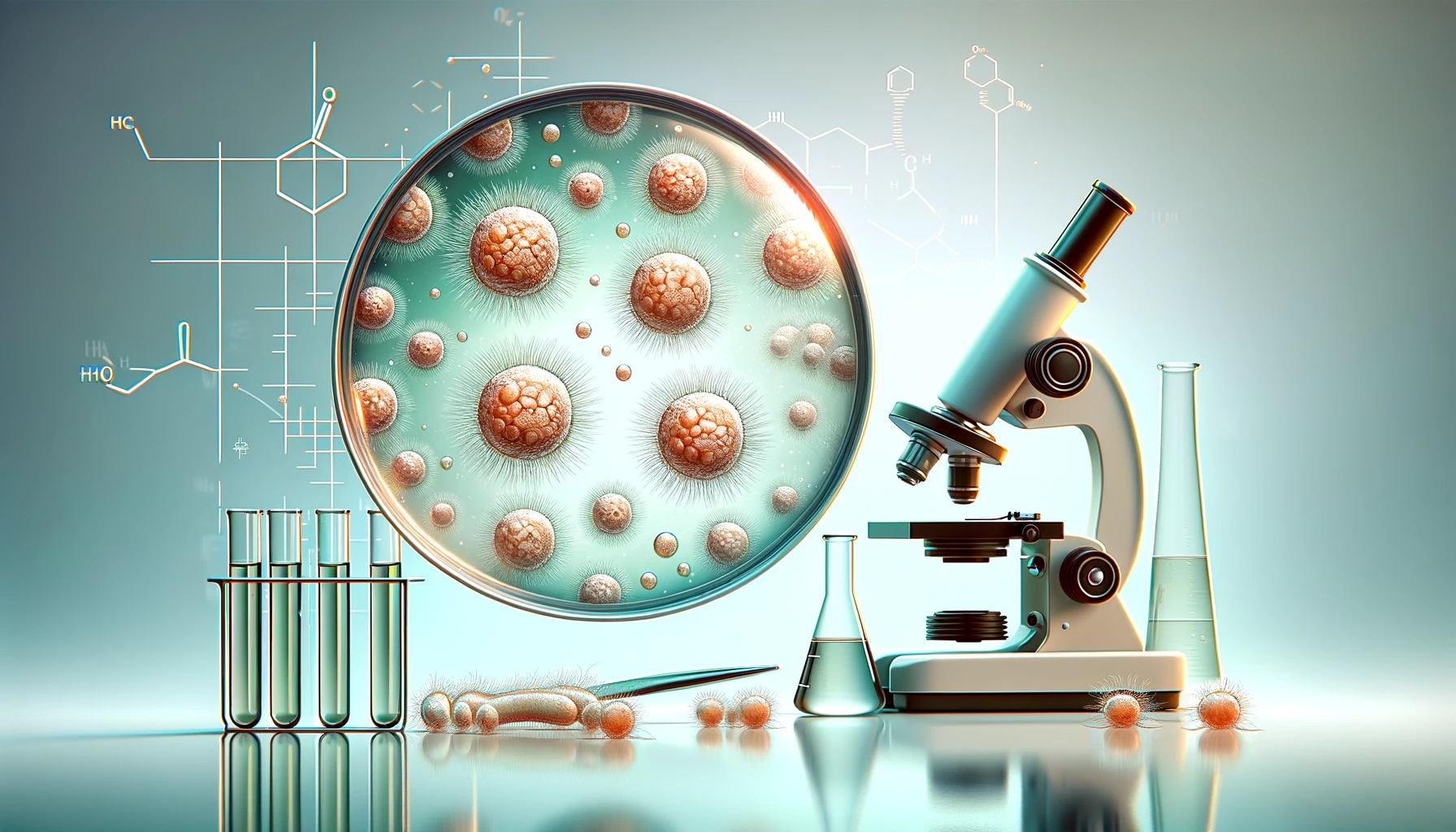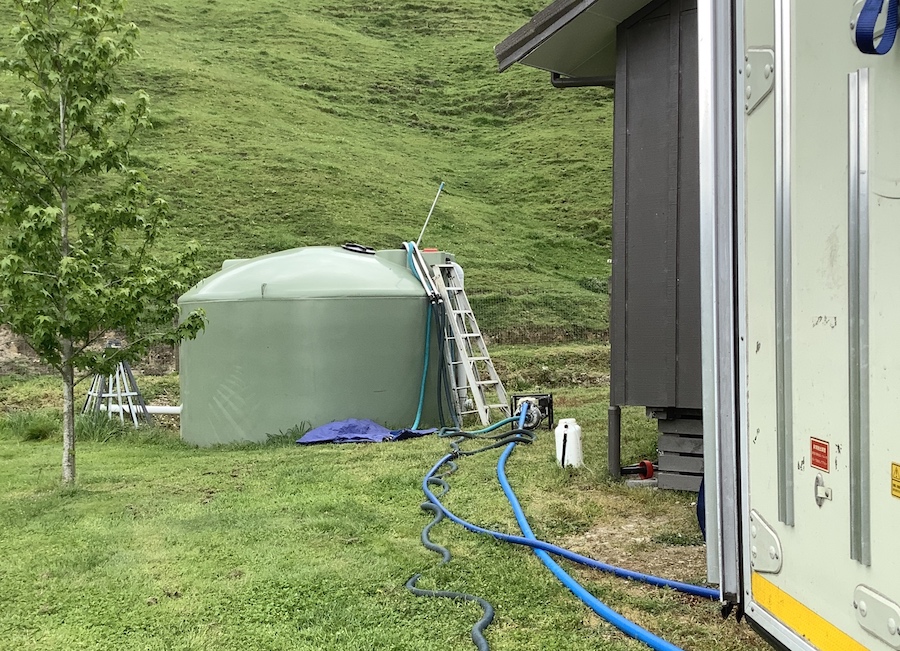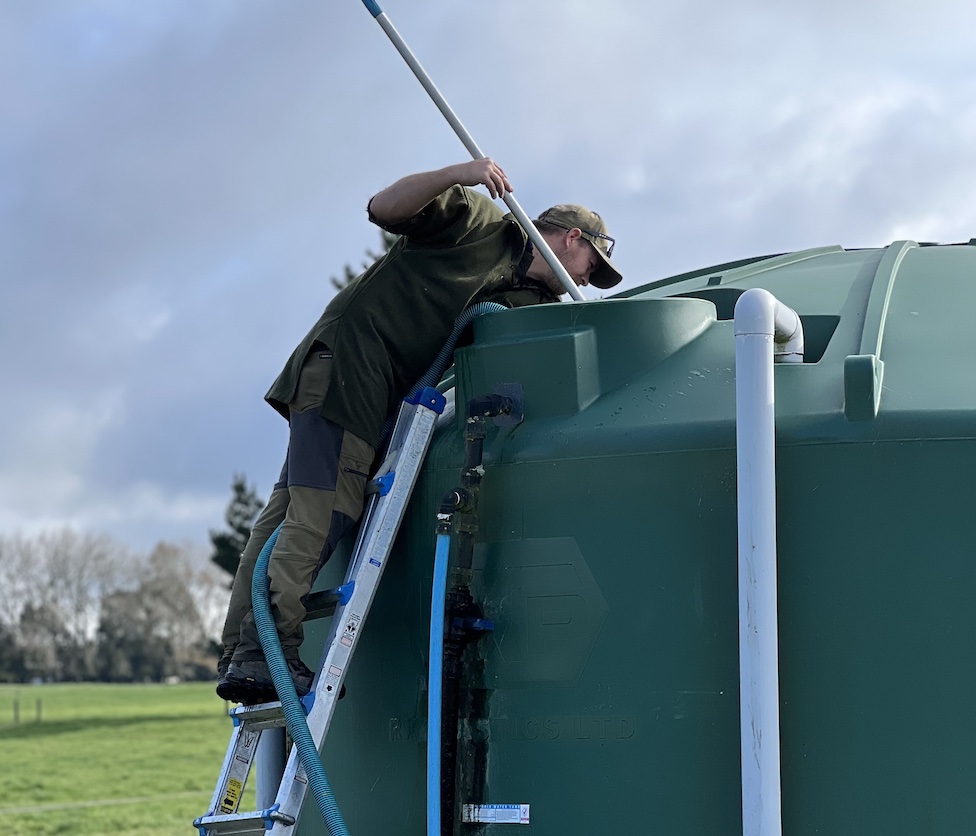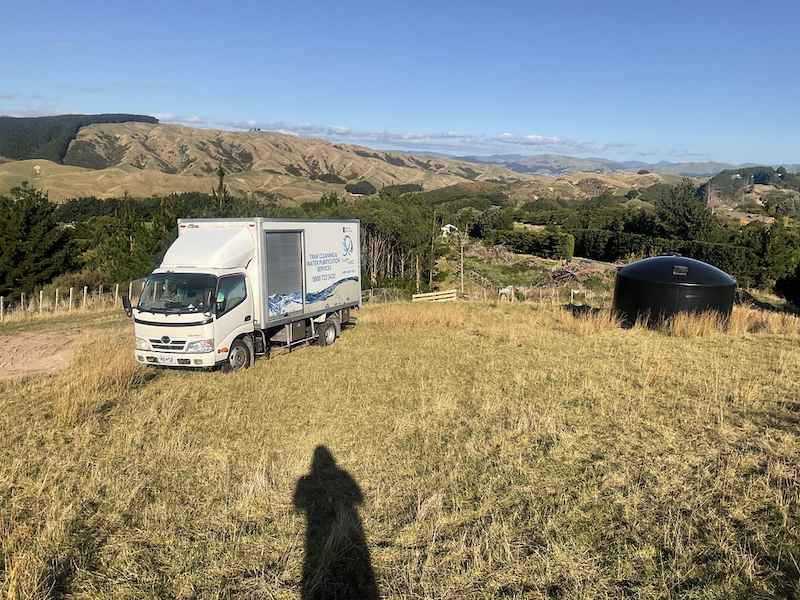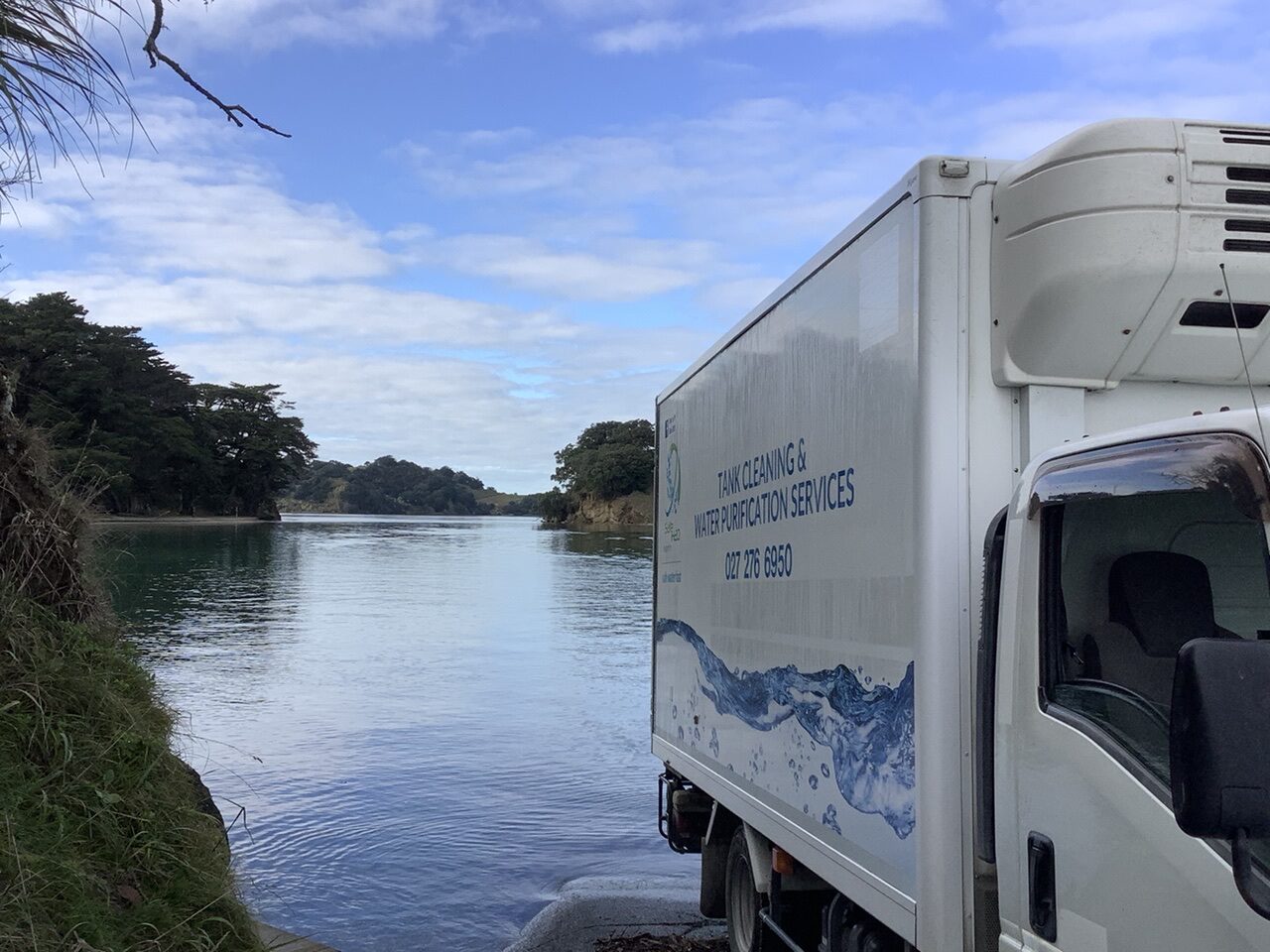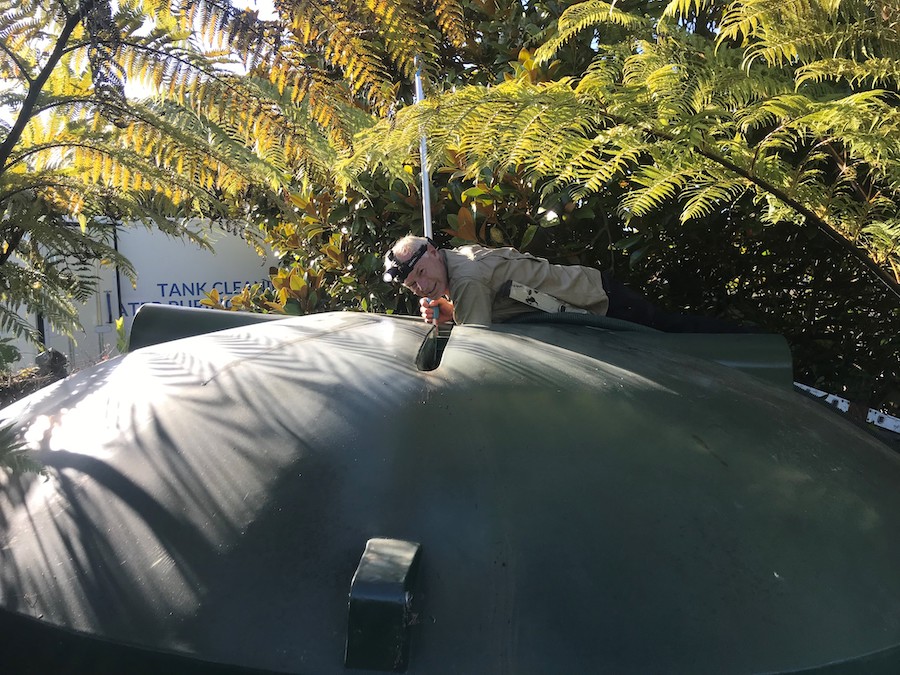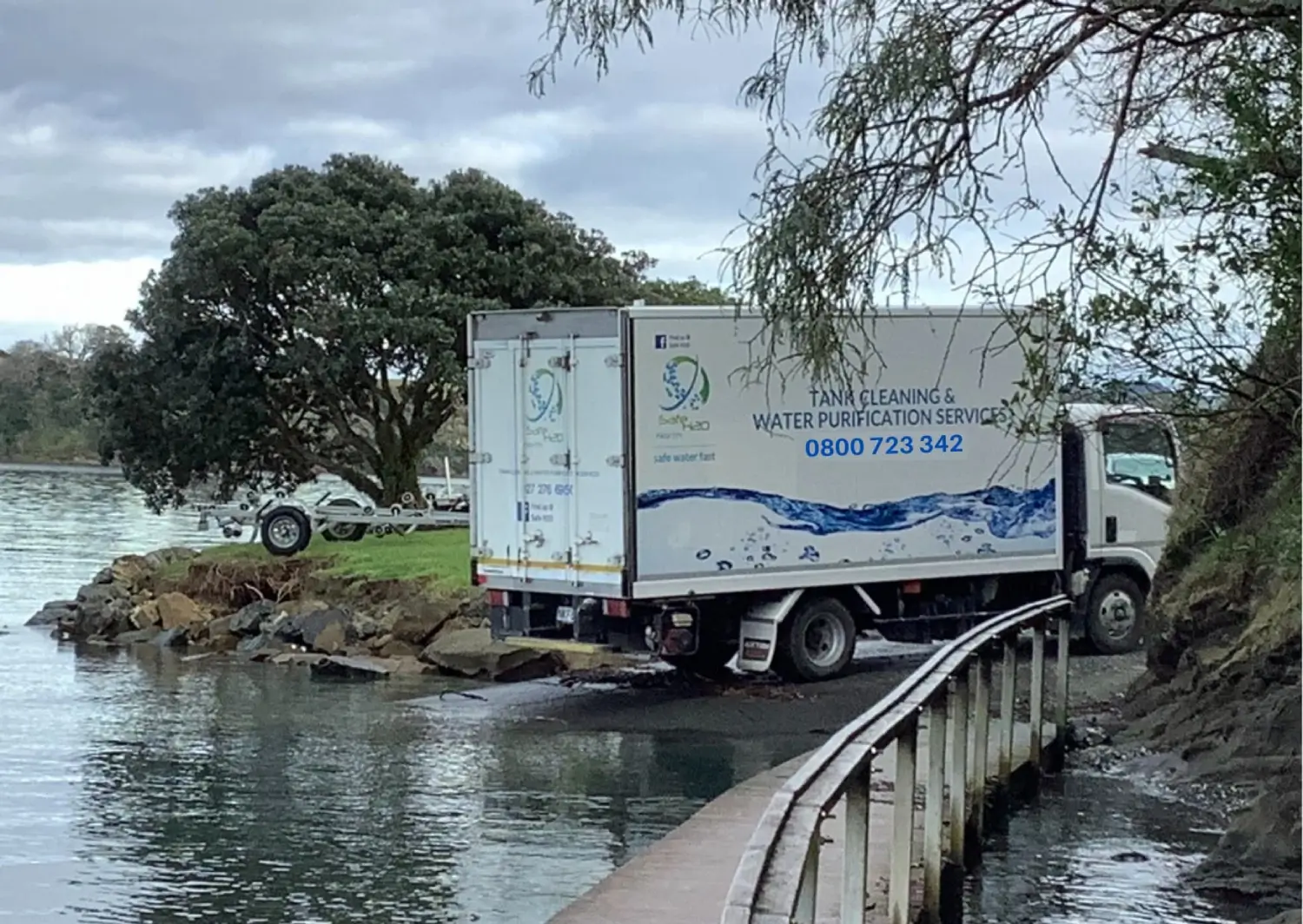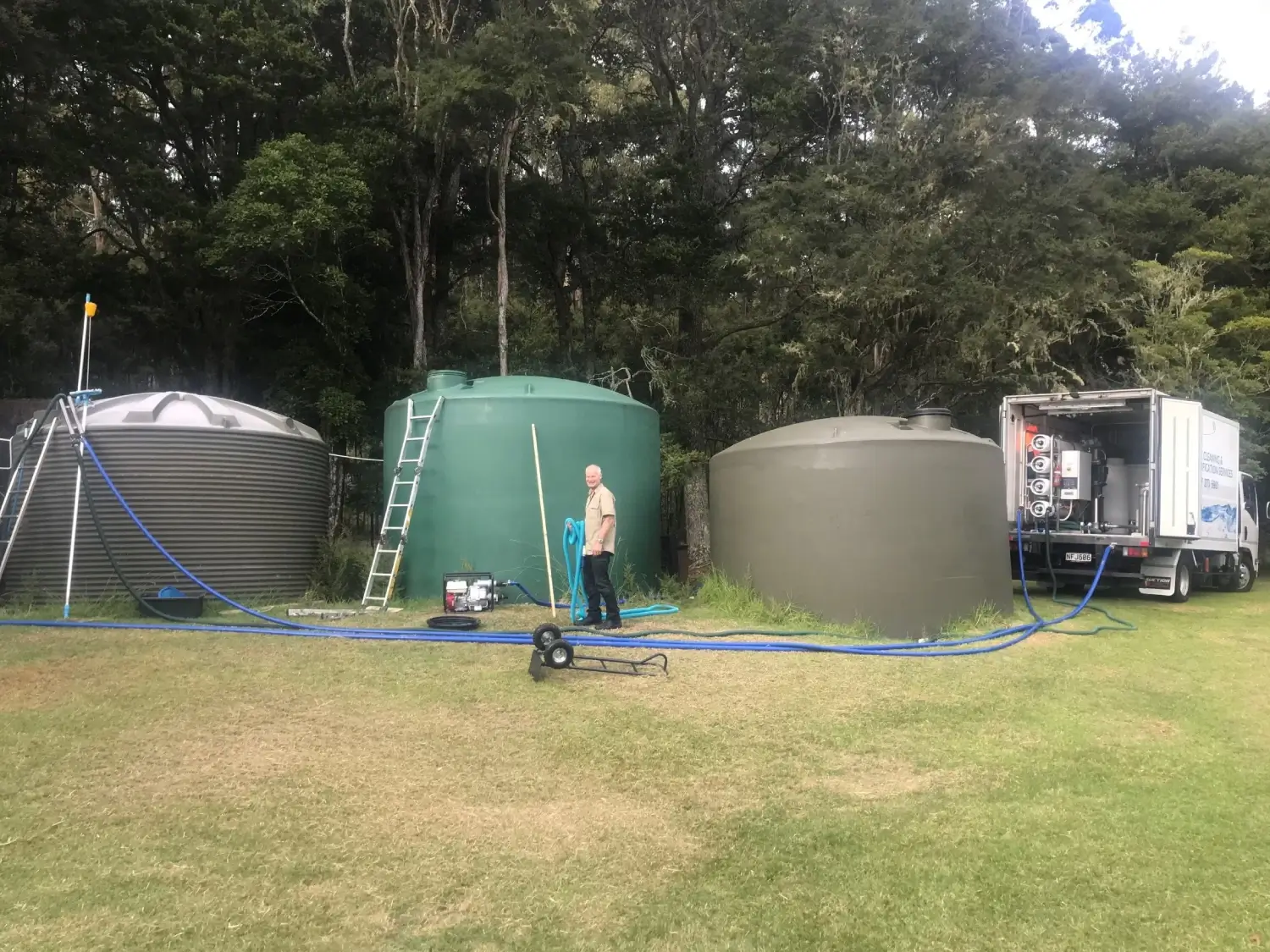DIY vs. Professional Water Tank Cleaning: What’s Best for Your Home?
Maintaining a clean water tank is crucial for ensuring the health and safety of your family.
Kiwi homeowners often face the decision of whether to clean their water tanks themselves or call in professionals.
This comprehensive guide examines the benefits and drawbacks of each approach, enabling you to make the best choice for your home.
The Importance of Regular Water Tank Cleaning
Regularly cleaning your water tank isn’t simply about maintenance; it’s critical for protecting your family’s health.
Tanks accumulate sediment, bacteria, pollen, pesticides, nitrates, and various contaminants over time. If left untreated, these pollutants can lead to significant health risks and negatively affect your drinking water’s quality and taste.
They can also prevent filtration working effectively, if this is in place on your property.
Health Implications of Neglected Tanks
Unclean tanks become breeding grounds for bacteria and other harmful micro-organisms. Contaminants such as E.coli, giardia, and cryptosporidium can enter your water supply, potentially causing gastrointestinal illness, skin irritations, and other health issues.
Regular tank cleaning significantly reduces these risks, ensuring clean and safe drinking water, especially when combined with UV filtration.
DIY Water Tank Cleaning: Advantages and Limitations
Some homeowners consider the DIY route due to our ‘she’ll be right mate’ tradition, not to mention the perceived convenience and cost savings. While appealing, a DIY job has pros and cons:
Pros of DIY Cleaning
- Immediate Convenience: DIY cleaning allows flexibility; homeowners can perform the cleaning at their convenience without scheduling appointments.
- Cost Savings: Initial savings occur due to the absence of labour and service fees (assuming you have the required equipment to start with).
- Immediate Problem Identification: Homeowners can spot early signs of wear, leaks, or contamination that might otherwise go unnoticed.
Cons of DIY Cleaning
- Incomplete Cleaning: DIY methods often lack the necessary equipment and technique for thorough cleaning, leaving behind microscopic contaminants.
- Risk of Contamination: Improperly cleaned tanks can lead to ongoing contamination issues, risking health.
- Potential Tank Damage: Using inappropriate cleaning agents or techniques may damage tank materials and fittings, leading to costly repairs.
- Safety Hazards: Entering and cleaning tanks without appropriate training and equipment can and has led to personal injuries.
- Water Waste: DIY cleaning often requires complete tank drainage, resulting in significant water loss and additional expense for replacement water.
Professional Water Tank Cleaning by Safe H2O: A Superior Alternative
Safe H2O has transformed water tank cleaning across New Zealand, offering a modern, efficient, and environmentally-friendly solution. Our unique method provides comprehensive cleaning without the need to fully drain your tank.
What Makes Safe H2O Different?
Safe H2O uses advanced technology to thoroughly clean your tank and simultaneously purify the water. This process retains up to 90% or more of your existing tank water, significantly reducing waste and eliminating the need for costly replacement.
Advantages of Choosing Professional Tank Cleaning
- Superior Results: Our innovative filtration and sanitation system removes and/or neutralises harmful contaminants, including bacteria, nitrates, pollen, and pesticides.
- Water Conservation: Safe H2O’s process conserves most of your existing water, minimising waste and saving money.
- Expertise and Safety: Our fully trained professionals employ safe, non-invasive techniques, reducing risk to your tank and ensuring thorough cleaning.
- Cost-Effective Long-Term: Transparent pricing, fewer maintenance issues, and reduced long-term water replacement expenses make professional cleaning cost-effective.
- Environmental Responsibility: By significantly reducing water waste, Safe H2O aligns with sustainable practices essential in today’s climate-conscious environment.
- Maintain Water Filters: As part of the tank clean service, Safe H2O can also check and replace your water filters at the same time – hassle free, and regular tank cleaning will ensure you get the full life out of your filters.
Potential Drawbacks of Professional Cleaning
- Higher Upfront Cost: The initial investment might be higher than DIY methods, although this is easily offset by long-term savings in maintenance and water replacement, coupled with peace of mind.
Factors to Consider When Making Your Decision
Availability of Proper Equipment
Do you have access to commercial-grade equipment to adequately clean and disinfect your water tank? A scrubbing brush and Janola will not do the job!
Professional cleaning services like Safe H2O use specialised, advanced equipment to achieve results beyond the capabilities of typical household tools.
Safety and Physical Risks
Are you prepared to handle the physical demands and potential hazards of DIY tank cleaning, such as confined spaces, slippery surfaces, and heavy lifting? Our tank cleaning operators are trained to manage any risks safely and effectively.
Hidden Costs and Efficiency
Consider potential hidden costs associated with DIY cleaning, including damage repairs, extra water purchases, and incomplete cleaning leading to health risks. Professional services offer comprehensive cleaning without these uncertainties.
Environmental Impact
Is environmental sustainability important to you? Professional methods significantly reduce water waste and support sustainable living practices.
Traditional DIY methods typically waste large volumes of water, an increasingly critical concern amid climate change, not to mention the increasing financial cost of replacing water.
Protecting Your Family and Saving Water with Safe H2O
While DIY methods might initially appear attractive, Safe H2O’s professional tank cleaning service offers unmatched safety, thoroughness, efficiency, and sustainability – check out our latest reviews to read what customers think of our service.
Our innovative methods ensure your family’s health while conserving valuable resources and providing long-term cost savings.
To ensure clean, safe, and healthy drinking water for your home, choose Safe H2O’s professional tank cleaning service.
Contact us today for a free estimate and experience the difference professional care can make.
In this blog, we'll explore these frequent water tank problems and provide practical solutions to address them effectively
Smoke and soot can contaminate NZ water tanks. Learn how it happens, the health risks, and Safe H2O’s expert tips for cleaning and prevention.
This comprehensive guide examines the benefits and drawbacks of DIY and professional water tank cleaning, enabling you to make the best choice for your home.
Winter’s cooler weather might not have you thinking about your water tank - but it should.
Whether you’re collecting rainwater, drawing from a bore, or tapping into a stream, your water tank is the heart of your...
Whether you’re collecting rainwater, drawing from a bore, or tapping into a stream, your water tank is the heart of your...
How Possums, Rodents, and Birds Get into Your Water Tank – and How to Keep Them Out When thinking about water quality, …
What’s in Your Water? Common Contaminants in NZ Drinking Water Tanks Whether your water comes from rainfall, a bore or a nearby …
Water Tank Cleaning Myths Debunked When it comes to maintaining clean and safe water in your tank, there can be a bit …
Autumn Water Tank Care Tips: Preparing for the Seasonal Change As the crisp air of autumn rolls in, it’s time to think …
Water Tank Cleaning: A Comparison of Traditional vs. Our Innovative Method When it comes to cleaning your water tank, Safe H2O cleans …
UNDERSTANDING FILTRATION SYSTEMS: WHAT IS SEDIMENT AND UV WATER FILTRATION? Your water source likely contains a myriad of sediments and particles, ranging …
Water Tanks 101: A Beginner’s Guide to Clean, Safe Water for Your Property Water tanks are an essential resource for those on …
What can I do before water enters my tank to help minimise my risks? Spring or surface water (streams) will usually be …
When it comes to maintaining a healthy rainwater fed tank, one of the most overlooked aspects is the cleanliness of your roof and gutters.
Flush Caps, Leaf Diverters, and More: Methods to Help Protect Your Water Supply When it comes to maintaining a clean and safe …
In the realm of curious misconceptions, one fascinating myth suggests that eels clean water tanks. While this idea captures the...
Why having ‘Immunity’ to Bad Tank Water is a Bad Thing When it comes to maintaining a healthy home, clean water is …
Safe H2O Collaborates with Isaac’s Plumbing, Pumping and Electrical Here at Safe H2O, we aim to provide exceptional advice, service, and support …
How Often Do New Zealand Schools Need to Clean Their Water Tanks? Here in NZ, managing water supplies, including water tank maintenance …
What is Cryptosporidium and How to Keep Your Water Safe What is Cryptosporidium? In simple terms, Cryptosporidium is a tiny parasite that …
Why you should use a Water Tank Cleaning Specialist Well maintained water tanks are the backbone of clean water storage and supply …
Guarding Against E. coli: Essential Strategies for Ensuring Safe Water Tank Systems Water tanks are an essential source of clean drinking water …
5 Top Reasons to Keep Your Water Tank Clean in New Zealand Cleaning your water tanks is something that’s probably not always …
Autumn Alert: Why Now is the Perfect Time to Clean Your Water Tank As the autumn leaves are about to fall and …
What are my Legal Obligations for water tank cleaning in New Zealand? Taumata Arowai is the new Water Services Regulator for Aotearoa …
Top signs your water tank needs cleaning – Don’t ignore these red flags Your water tank is a vital component of your …
How Often Should I Clean My Water Tank in New Zealand? If you are one of the thousands of New Zealanders with …
The Risks of Cleaning Your Water Tank with Janola or Household Bleach Should you use Janola to clean your water tank? Here …
12 Ways to Save Your Tank Water Worried about your water tanks running empty? Rainfed tank water is a limited supply and …
How much does it cost to clean my water tank? The cost of cleaning a typical New Zealand water tank depends on …

